Test Bank For Pharmacology for the Surgical Technologist 3rd Edition By Katherine C. Snyder
Snyder & Keegan: Pharmacology for the Surgical Technologist, 3rd EditionChapter 02: Medication Development, Regulation, and ResourcesMULTIPLE CHOICE1. Which federal action sets the standards for quality and requires proper medication labeling for preparations containing morphine?a.Durham-Humphrey Amendmentsb.Food, Drug, and Cosmetic Actc.Pure Food and Drug Actd.Controlled Substances Act ANS: CThe Pure Food and Drug Act of 1906 requires all drugs marketed in the United States to meet minimal standards of uniform strength, purity, and quality. This Act requires all preparations containing morphine to be labeled as such. DIF: 1 REF: 27 2. Drugs that are listed with a C-I are considered to:a.Have a high-abuse potential with no medical useb.Be appropriate for postoperative pain controlc.Have a low-abuse potential (e.g., steroids)d.Be available over the counter ANS: AThe Schedules of Controlled Substances established drugs with high abuse potential as C-I. DIF: 1 REF: 28 3. Which government agency was established to enforce the Controlled Substances Act?a.Occupational Safety and Health Administration (OSHA)b.The U.S. Food and Drug Administration (FDA)c.The Drug Enforcement Agency (DEA)d.The Joint Commission ANS: CThe Controlled Substances Act established the DEA to enforce its requirements and controls. DIF: 1 REF: 28 4. All of the following are on the “Do Not Use” list of abbreviations except:a.U for unitb.The trailing zeroc.QD for once dailyd.Zero before the decimal point. ANS: DThe Joint Commission established a “Do Not Use” list of abbreviations that includes U for unit, the trailing zero, and the abbreviation, QD. The use of a zero before the decimal point is a recommended practice. DIF: 1 REF: 31 5. Nonprescription medications are also known as which one of the following?a.Addictive medicationsb.Over-the-counter medicationsc.Controlled substancesd.Schedule C-II medications ANS: BMedications that do not require prescriptions are called over-the-counter medications. DIF: 1 REF: 27 6. All of the following are disadvantages to pharmacogenetics except:a.Its use to target specific diseasesb.The complexity of their developmentc.The cost of genetic researchd.Educating health care providers to their use ANS: APharmacogenetics can be used to target specific diseases. This technologic advantage makes pharmacogenetics important. DIF: 2 REF: 33 7. Who assigns a brand name to a new medication?a.The FDAb.Manufacturerc.Pharmacistd.Drug reference publishers ANS: BThe manufacturer’s name for a medication is called the brand or trade name. DIF: 1 REF: 33 8. A medication’s generic name is:a.Never capitalized on the labelb.Followed by the registered trademark (®) symbolc.Its formulad.Its proprietary name ANS: AThe generic name is not owned by any one company and is not capitalized. DIF: 1 REF: 33 9. On some medication labels, the generic name is:a.Placed inside parenthesesb.Capitalizedc.Not requiredd.Most prominent ANS: AThe generic name may be placed directly under the brand name or in parentheses. DIF: 1 REF: 33 10. The full quantity contained in a medication bottle is its:a.Control numberb.Administration routec.Total volumed.Supply dosage ANS: CThe full quantity of a medication in the bottle is known as its total volume. DIF: 1 REF: 34

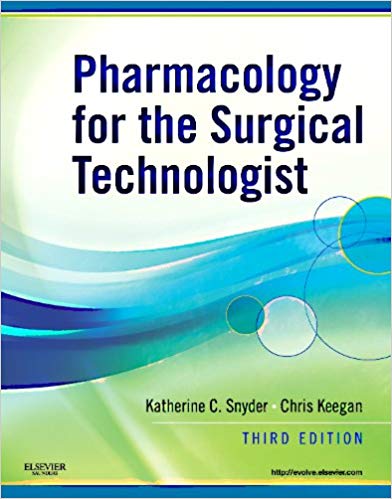
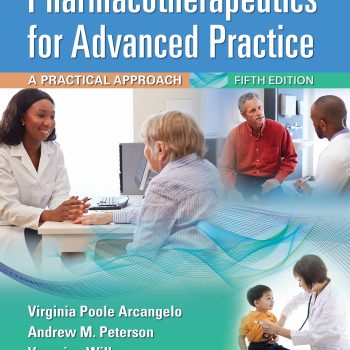
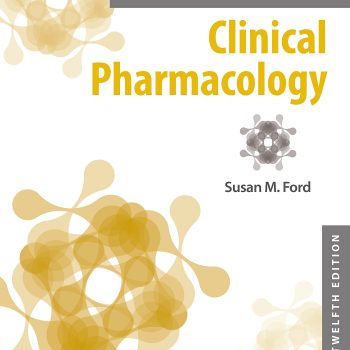
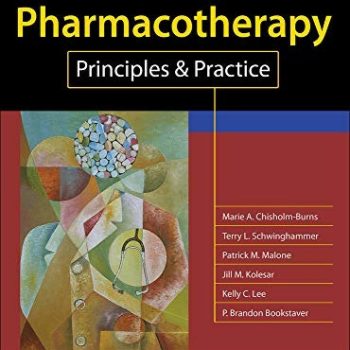
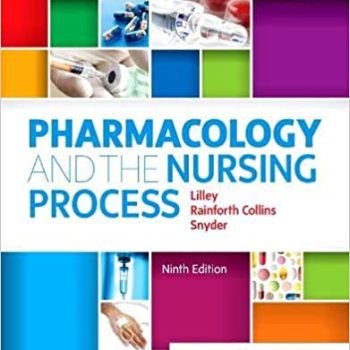
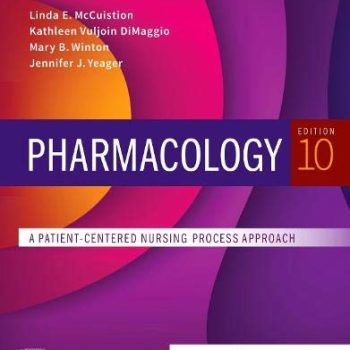
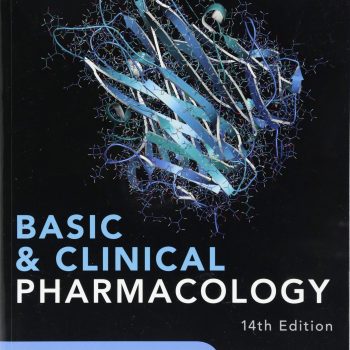
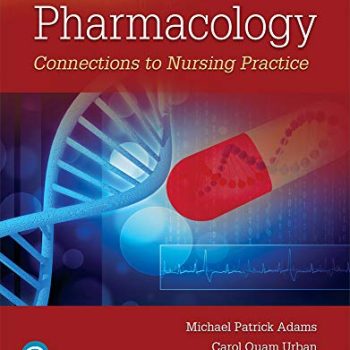
Reviews
There are no reviews yet.